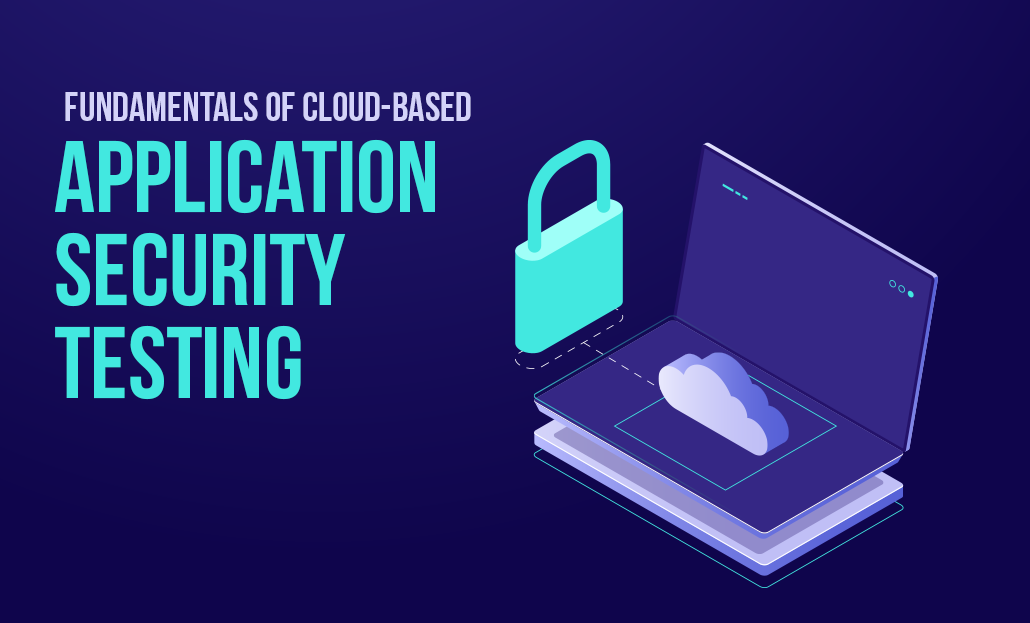
Application Security Testing Market: Introduction
There are various methods via which an application security testing is carried out: static application security testing, dynamic application security testing, interactive application security testing and mobile application security testing. Static application security testing method analyzes an application’s source and binary code for security vulnerabilities, typically at the programming or testing phases of the software lifecycle whereas a dynamic application security testing method analyzes applications while they’re running. It simulates attacks against an application, analyzes the application’s reactions to the attack, and then determines whether it’s vulnerable or not. An interactive application security testing technology combines elements of static and dynamic application security testing simultaneously. It’s typically implemented as an agent within the test runtime environment. A mobile application security testing method uses a combination of traditional static and dynamic application security testing, and behavioral analysis using static and dynamic techniques to discover malicious or potentially risky actions the app may be taking unbeknownst to the user.
Each of the above mentioned testing methods have their own advantages and disadvantages, due to which multiple methods are applied to an application. The companies depending on their requirements – whether they require a comprehensive testing to be carried out, or only a part of the application needs to be tested, make the decision of using one of the above mentioned methods of application security testing.
Planning to lay down future strategy? Perfect your plan with our report sample here https://www.transparencymarketresearch.com/sample/sample.php?flag=S&rep_id=25142

Application Security Testing Market: Drivers and Challenges
One of the major driving factor of application security testing market is rise in number of security breaches across organizations which is pushing organizations to implement application security testing into their applications. Rising government compliance on data security, cloud adoption across several enterprises (both SMEs and large scale) and increasing number of sophisticated threats are other prominent driving factors of wide adoption of application security testing market. With evolution of next-generation threat intelligence solutions, rapid adoption of bring your own device (BYOD) model and integration of big data analytics with threat intelligence software are also encouraging to organizations; especially banking and financial services to implement application security testing into their applications.
Application Security Testing Market: Segmentation
Segmentation on the basis of deployment type:
- Software-as-a-Service
- On-premise
Segmentation on the basis of type of testing:
- Static Application Security Testing
- Dynamic Application Security Testing
- Interactive Application Security Testing
- Mobile Application Security Testing
Segmentation on the basis of enterprise:
- SMEs
- Large scale Enterprises
Segmentation on the basis of vertical:
- BFSI
- IT & Telecommunications
- Government & Defense
- Transportation
- Healthcare
- Retail
- Energy & Utilities
- Others
Application Security Testing Market: Key Market Players
Few of the companies in Application Security Testing market are: Hewlett Packard Enterprise, IBM Corporation, Veracode, WhiteHat Security, Acunetix, Cigital, Checkmarx Inc., Rapid7, Qualys, Inc. and PortSwigger. These companies are focused towards continually updating their existing software and services in order to increase their market share in application security testing market.
Looking for exclusive market insights from business experts? Buy Now Report here https://www.transparencymarketresearch.com/checkout.php?rep_id=25142<ype=S
Application Security Testing Market: Regional Overview
Application security testing market is currently dominated by North America region owing to technological advancements and wide adoption of application security testing services with the enterprises existing applications. Europe application security testing market follows next as various end user industry verticals such as defense and government agencies are fast adopting application security testing. Asia Pacific application security testing market is growing at an exponential rate owing to enterprises realizing the importance of application security testing software.
The report offers a comprehensive evaluation of the market. It does so via in-depth qualitative insights, historical data, and verifiable projections about market size. The projections featured in the report have been derived using proven research methodologies and assumptions. By doing so, the research report serves as a repository of analysis and information for every facet of the market, including but not limited to: Regional markets, technology, types, and applications.
The study is a source of reliable data on:
- Market segments and sub-segments
- Market trends and dynamics
- Supply and demand
- Market size
- Current trends/opportunities/challenges
- Competitive landscape
- Technological breakthroughs
- Value chain and stakeholder analysis
The regional analysis covers:
- North America (U.S. and Canada)
- Latin America (Mexico, Brazil, Peru, Chile, and others)
- Western Europe (Germany, U.K., France, Spain, Italy, Nordic countries, Belgium, Netherlands, and Luxembourg)
- Eastern Europe (Poland and Russia)
- Asia Pacific (China, India, Japan, ASEAN, Australia, and New Zealand)
- Middle East and Africa (GCC, Southern Africa, and North Africa)
The report has been compiled through extensive primary research (through interviews, surveys, and observations of seasoned analysts) and secondary research (which entails reputable paid sources, trade journals, and industry body databases). The report also features a complete qualitative and quantitative assessment by analyzing data gathered from industry analysts and market participants across key points in the industry’s value chain.
A separate analysis of prevailing trends in the parent market, macro- and micro-economic indicators, and regulations and mandates is included under the purview of the study. By doing so, the report projects the attractiveness of each major segment over the forecast period.





